Top 10 Coolest (and Strangest) Cars at Mazda's Museum in Germany
Augsberg, Germany — a small city about an hour west of Munich — is the last place you’d expect to find a Mazda museum.
And yet that’s the home of Frey’s Mazda Classic Car Museum, one of the cleanest and most complete Mazda collections in the world. Housed in a former streetcar maintenance shed, Frey’s collection includes everything from an original three-wheel MazdaGo autorickshaw to Felix Wankel’s own Mazda RX-7. The museum rotates their display cars regularly, so no two trips to the museum are guaranteed to be the same. Here are 10 of the coolest vehicles we saw at Frey’s.
1962 Mazda Carol
Like other Japanese manufacturers, Mazda got its start in the car business building tiny 360-cc “kei” cars for the Japanese domestic market. Mazda was unusual in that it used four-cycle engines instead of the typical two-stroke engines found in other kei cars. The 1962 Carol went even further in that its rear-mounted engine had four cylinders instead of two — and with a 1.8” bore and 2.1” stroke, that made it one of the smallest four-bangers ever made.
1969 Mazda Luce R130
Rare and beautiful: That’s the best way to describe the Luce R130, which originally made its debut at the 1967 Tokyo Motor Show as the RX87 Coupe. The production version had a two-disc rotary engine that drove the front wheels. This was Mazda’s flagship model, and it was known in Japan as the “Lord of the Road.”
1972 Mazda Pathfinder XV-1
When you think of the Pathfinder, you probably think of Nissan, right? Turns out the original Pathfinder was a Mazda! The Pathfinder XV-1 was a 4×4 built for and in Burma (now Myanmar), where it was introduced in 1970. It was designed with police, government and armed services in mind, though some found their way to civilian customers. It could be had with either a soft or hard top and seating for up to nine. This is one of the most obscure Mazda models ever made, one that is virtually unheard of in Europe and North America. The Frey Museum’s pristine example was built in 1972.
1975 Mazda Roadpacer AP
One of the most unusual vehicles at Frey’s is the Roadpacer, which was built in cooperation with General Motors. It was based on the Holden HJ-series Premier (Holden is GM’s Australian division), but instead of the inline-six and V8 engines that powered Australian-market HJs, the Roadpacer had — of course — a twin-rotor Wankel engine, not unlike what you’d get in a contemporary RX-7. Mazda tried to sell it as an executive limousine in Japan, but without much success — just 800 examples were built.
ALSO SEE: We Explain Mazda’s Fancy New SkyActiv-X Engine Tech in Layman’s Terms
1975 Mazda RX-4 Station Wagon
Parked in the middle of this German museum is a bit of Americana: An RX-4 station wagon. The RX-4 is the export version of the Luce, and this car, with its big bumpers and vinyl-covered roof, was built for the American market. Options for U.S.-spec RX-4s included an automatic transmission and air conditioning, both of which would have undoubtedly taxed the 115 horsepower twin-rotor engine.
1976 Mazda Parkway
Yes, Mazda made a bus, and yes, you could get it with a rotary engine. The Parkway 26 minibus could seat up to 26 passengers, and its 13B twin-rotor engine produced 135 horsepower, enough to get the Parkway up to 120 km/h (about 75 mph), though getting there took quite a while. Mercifully, Mazda also offered the Parkway with conventional gasoline and diesel piston engines. This is the 13-seat “first class” version, and it’s operable — the Museum still uses it for outings, and they say it’s dreadfully slow.
ALSO SEE: Mazda Confirms New Rotary Concept Car for Tokyo Motor Show
1992 Mazda Eunos Cosmo
The Eunos Cosmo was Mazda’s top-end luxury coupe for the Japanese market, and it really was the car of the future. Introduced in 1990, it featured the world’s first car-mounted GPS navigation system along with a color touchscreen for climate and infotainment controls. Even the rotary engine was unique: The Eunos Cosmo offered Mazda’s first and only three-rotor engine. Equipped with twin sequential turbochargers, it delivered 300 horsepower, though Mazda claimed only 280.
1993 Mazda 323 GT-R 4WD
Japan and Europe often got hot-rod versions of cars that never made it to the U.S., and such is the case with the 323 GT-R 4WD (another name that would later be usurped by Nissan). Sold to the public in order to meet production requirements for Mazda’s Group A and Group N rally vehicles, the 323 GT-R 4WD featured a turbocharged 1.8-liter four-cylinder engine that produced 185 hp and — as the name implies — drove all four wheels. Just 500 were sold in Germany. North America did get an all-wheel-drive version of the Protégé, but its 1.8-liter engine lacked a turbocharger.
1993 Mazda Xedos 6
When Toyota was cooking up Lexus, Nissan was readying Infiniti, and Honda was launching Acura, Mazda was considering its own luxury brand, to be called Amati. Plans were scrubbed, but had they come to fruition, this would have been the entry-level Amati 300. Instead, it was sold in Japan as the Eunos 500 and Europe as the Xedos 6. (Eunos and Xedos were luxury sub-brands.) What would have been Amati’s mid-size car, the Amati 500, went to Europe as the Xedos 9 and North America as the Mazda Millennia. The Xedos 6 was smaller and featured a choice of 1.6- and 1.8-liter four-cylinder engines as well as 1.8- and 2.0-liter V6s. Would the Amati 300 have sold well in North America? It might have been ahead of its time, but it presaged the compact luxury cars that are gaining in popularity today.
2003 Mazda MX-5 Coupe
A lot of Mazda fans are pleased that the brand is now producing a coupe version of the Miata — but few realize that the MX-5 RF isn’t the first. Back in 2002 and 2003, Mazda produced this slick fixed-roof Miata for the Japanese market. Only 200 were built, which makes it one of the rarest MX-5 variants out there.
More by Aaron Gold



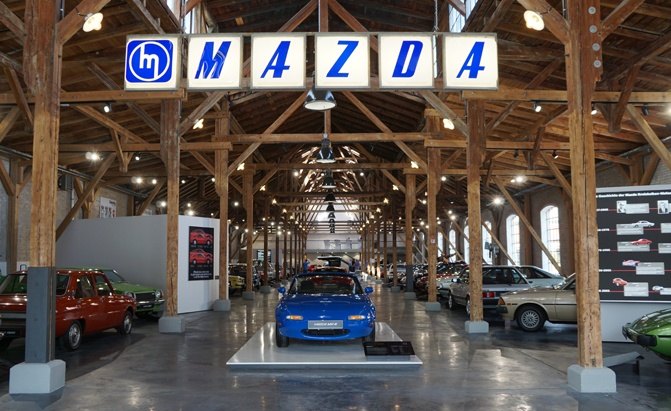























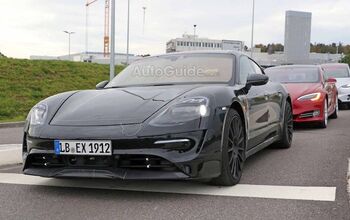
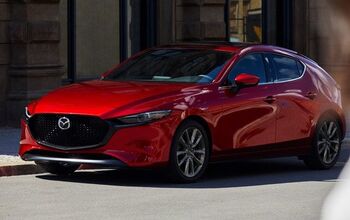

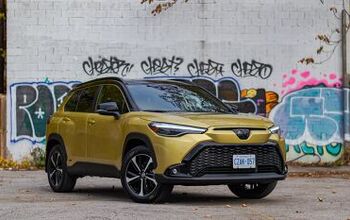
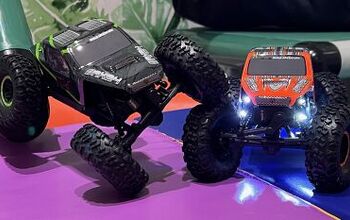


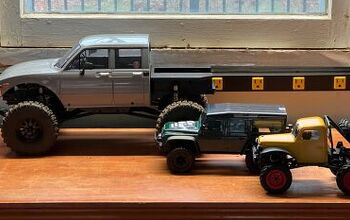
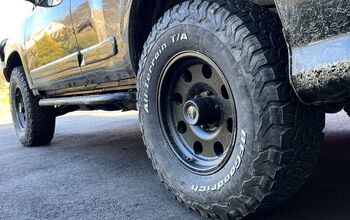

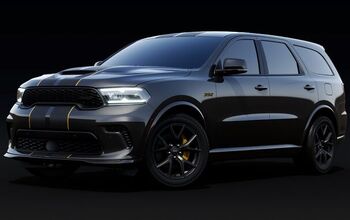
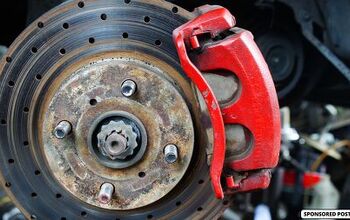



Comments
Join the conversation
I like the little orange and white 3-wheel truck in the background. When I was a kid I had an old Cushman 3-wheel truck, which was largely responsible for teaching me to drive a manual at a very early age, but that thing would tip up on 2 wheels in a heartbeat. I actually could get it to drift a bit in the snow or ice, but you better hope it didn't get some grip in the middle of a slide. LOL